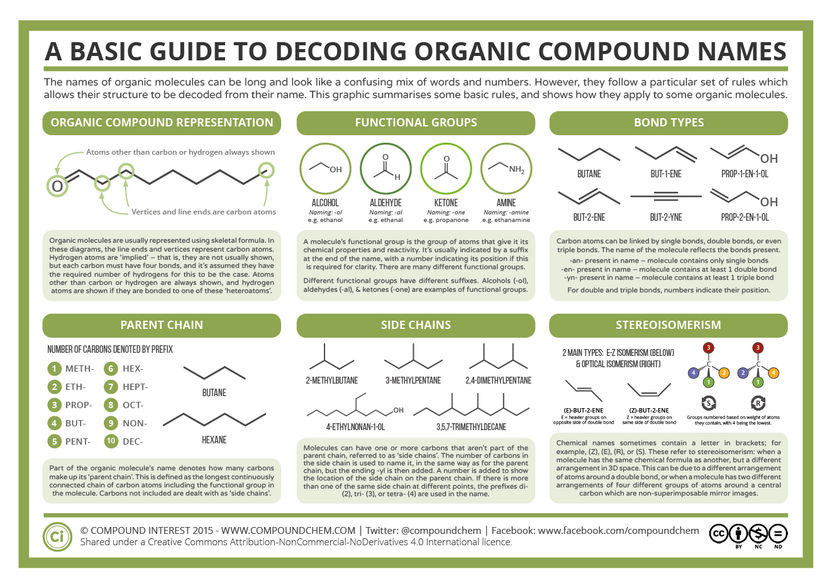Science provides new way to peer into pores
Rice University scientists led a project to "see" and measure the space in porous materials, even if that space is too small or fragile for traditional microscopes.

The paths fluorescent particles take as they diffuse through a porous nanoscale structure reveal the arrangement of the pores through a technique developed by scientists at Rice University.
Landes Research Group/Rice University
The Rice lab of chemist Christy Landes invented a technique to characterize such nanoscale spaces, an important advance toward her group's ongoing project to efficiently separate "proteins of interest" for drug manufacture. It should also benefit the analysis of porous materials of all kinds, like liquid crystals, hydrogels, polymers and even biological substances like cytosol, the compartmentalized fluids in cells.
It's easy to use a fluorescent chemical compound to tag, or "label," a material and take a picture of it, Landes said. "But what if the thing you want a picture of is mostly nothing? That's the problem we had to solve to understand what was going on in the separation material."
The team aims to improve protein separation in a process called chromatography, in which solutions flow through porous material in a column. Because different materials travel at different speeds, the components separate and can be purified.
"We learned that in agarose, a porous material used to separate proteins, the clustering of charges is very important," Landes said. While the protein project succeeded, "when we matched experimental data to our theory, there was something additional contributing to the separation that we couldn't explain."
The answer appeared to be with how charged particles like nanoscale ligands arranged themselves in the pores. "It was the only possible explanation," Landes said. "So we needed a way to image the pores."
Standard techniques like atomic force, X-ray and electron microscopy would require samples to be either frozen or dried. "That would either shrink or swell or change their structures," she said.
Correlation spectroscopy is a way to measure fluorescent particles as they fluctuate. By crunching data collected via a combination of super-resolution microscopy and correlation spectroscopy, the researchers mapped slices of the material to see where charged particles tended to cluster.
The combined technique, which they call fcsSOFI (for "fluorescence correlation spectroscopy super-resolution optical fluctuation imaging"), measures fluorescent tags as they diffuse in the pores, which allows researchers to simultaneously characterize dimensions and dynamics within the pores. The lab tested its technique on both soft agarose hydrogels and lyotropic liquid crystals. Next, they plan to extend their mapping to three-dimensional spaces.
"We now have both pieces of our puzzle: We can see our proteins interacting with charges within our porous material, and we can measure the pores," Landes said. "This has direct relevance to the protein separation problem for the $100 billion pharmaceutical industry."
Original publication
Other news from the department science
Most read news
More news from our other portals
See the theme worlds for related content
Topic World Spectroscopy
Investigation with spectroscopy gives us unique insights into the composition and structure of materials. From UV-Vis spectroscopy to infrared and Raman spectroscopy to fluorescence and atomic absorption spectroscopy, spectroscopy offers us a wide range of analytical techniques to precisely characterize substances. Immerse yourself in the fascinating world of spectroscopy!

Topic World Spectroscopy
Investigation with spectroscopy gives us unique insights into the composition and structure of materials. From UV-Vis spectroscopy to infrared and Raman spectroscopy to fluorescence and atomic absorption spectroscopy, spectroscopy offers us a wide range of analytical techniques to precisely characterize substances. Immerse yourself in the fascinating world of spectroscopy!



















































